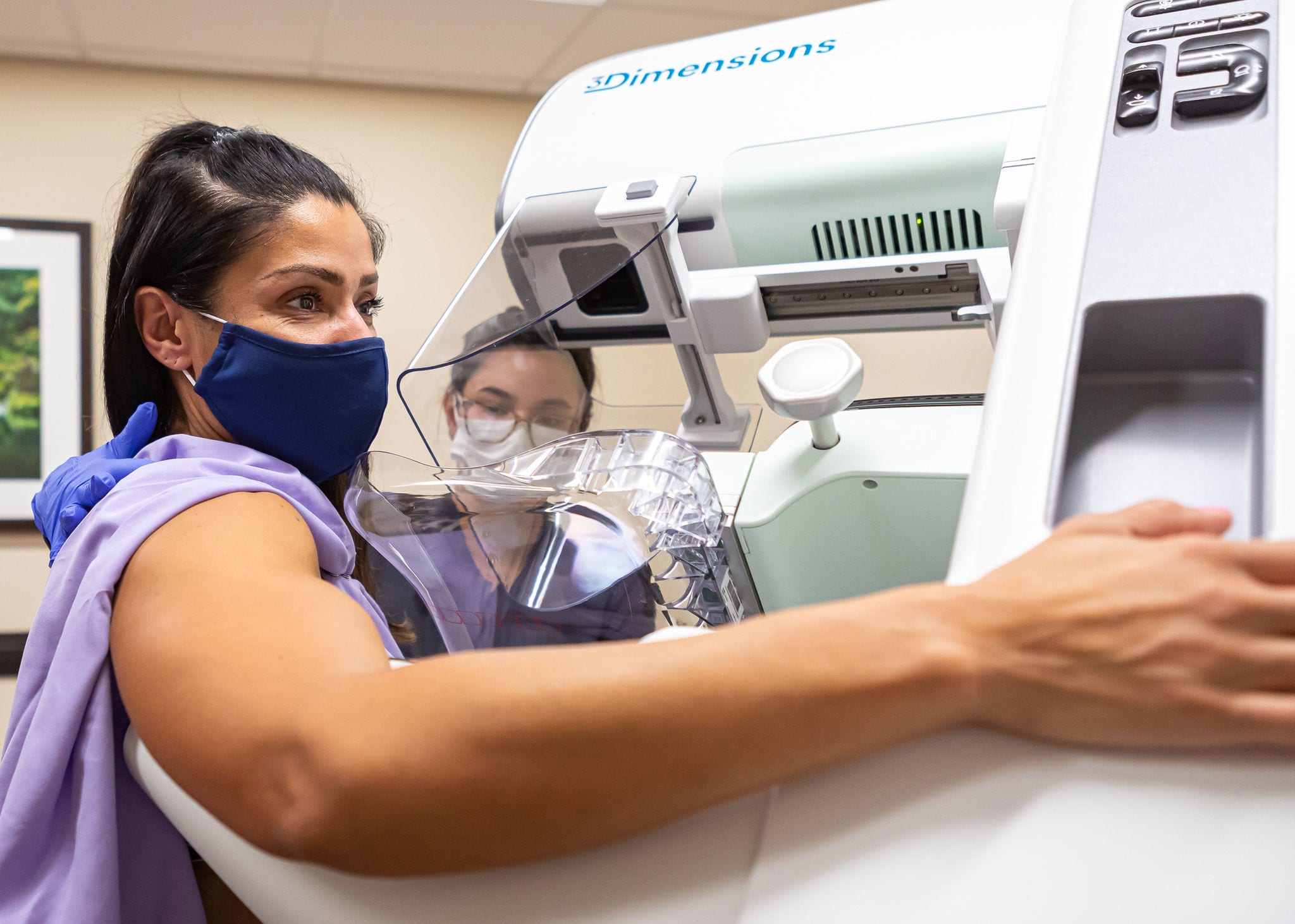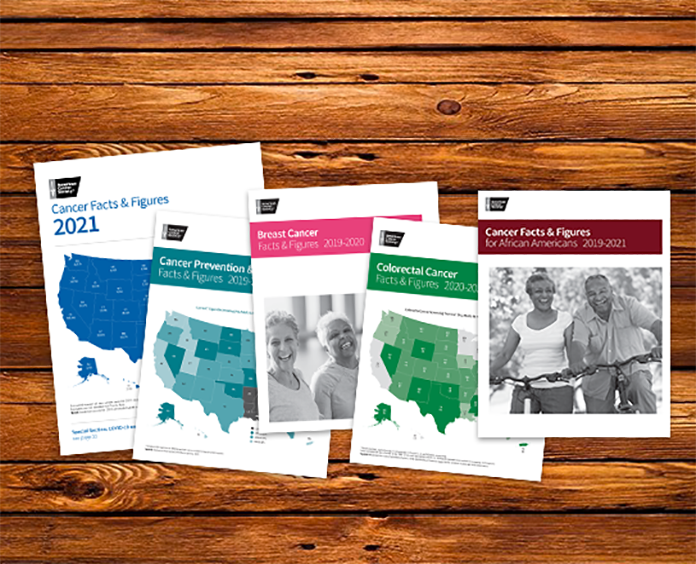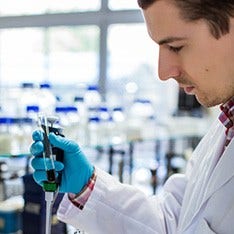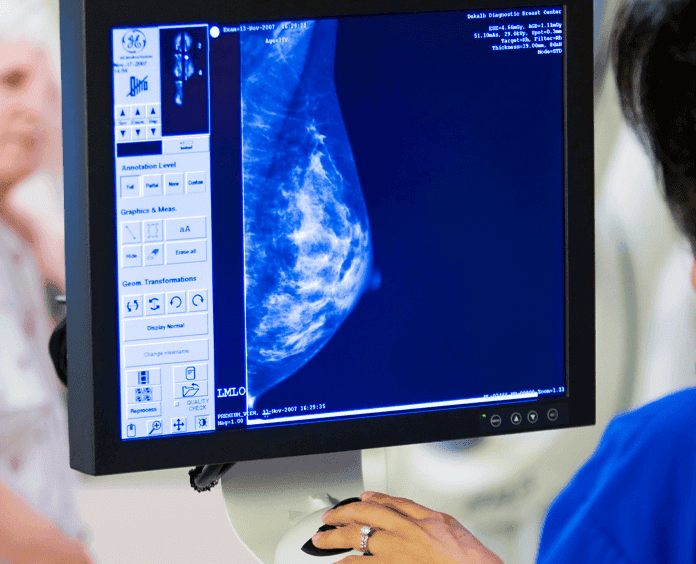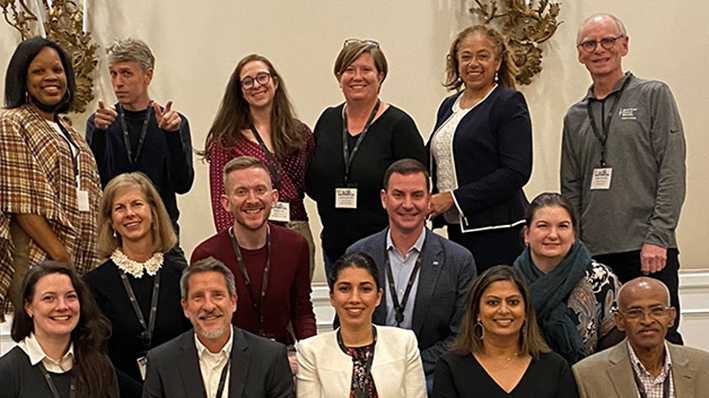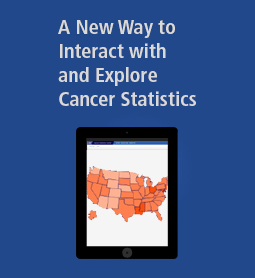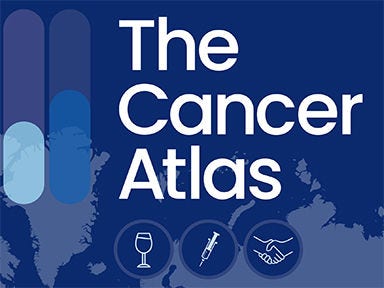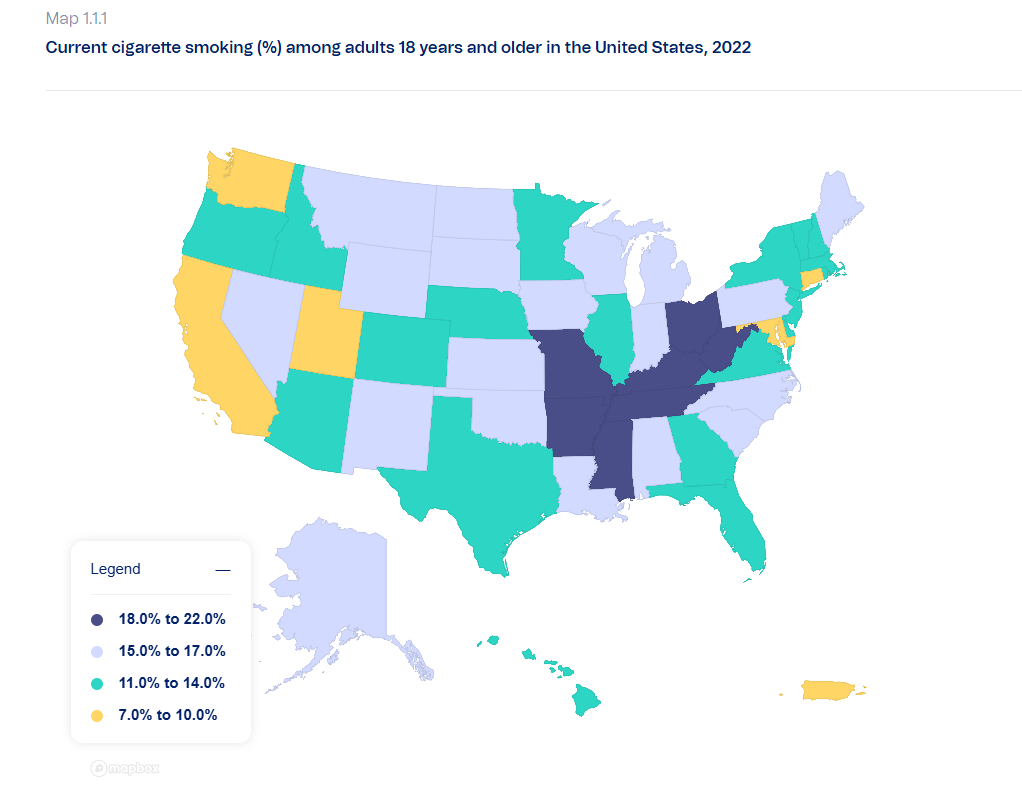Our Research Programs
What does it take to outsmart cancer? Research.
The American Cancer Society (ACS) has helped make possible almost every major cancer breakthrough since 1946. Since then, we've invested more than $5 billion in cancer research, making us the largest nonprofit funder of cancer research in the United States, outside of the federal government.
Our Discovery Science department remains committed to finding more – and better – ways to improve the quality of life for cancer patients.
Featured Research Studies
We're Finding Answers That Save Lives
Whether we're conducting research or funding it, our goal remains the same: to free the world from the pain and suffering of cancer.
Explore Our Research Programs
Our work in the ACS Discovery Science group covers the full realm of cancer research.
Glossary for Nonscientists
Featured Term:
Cancer Survivor
Anyone who has been diagnosed with cancer, regardless of whether they are actively receiving treatment.


